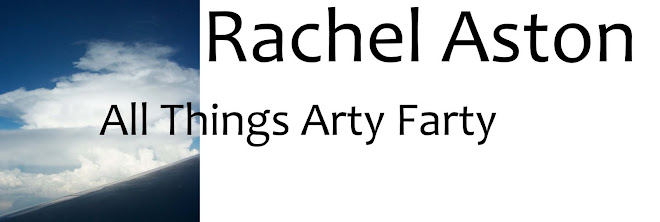It was great as the children's work was changed instantly into artistic styles including, Van Gogh, Munch, and Impressionist to name a few.
Here are some examples showing the children's original and final adapted pieces.
It is important to have a broad mind in regards to art. All of the images by the children are in response to the same task. It is an individual experimentation and interpretation of the task.
Point to Ponder
Mcniff (1998)
"The issue of talent is the most effective defense against expression. It is also a crippling obstacle when used against you. My experience has repeatedly proven that any person can express himself of herself in an authentic and intriguing way with just about any art form"(Mcniff, 1998, p47)






Addison (2003) says
"I believe that art and design should be a statutory entitlement for all pupils during their years of compulsory schooling" (Addison, 2003, p23)
To me this is using any media or any programme. I think only the children should be able to judge their work and cast their opinions on it.As the national Curriculum (2000) states;
(Art and design is the freedom of the individual, the freedom of expression and the freedom to fail without retort)National Curriculum (2000)
References
Addison, B. Burgess L. (2003) Issues in art and design teaching. Routledge - Falmer. Oxon.
DfEE (2000) The National Curriculum, Handbook for Primary Teachers in England. TSO. London.
Mcniff s (1998) Trust the process. An artist's guide to Letting go. Shambhala Publications Inc. Boston.


No comments:
Post a Comment